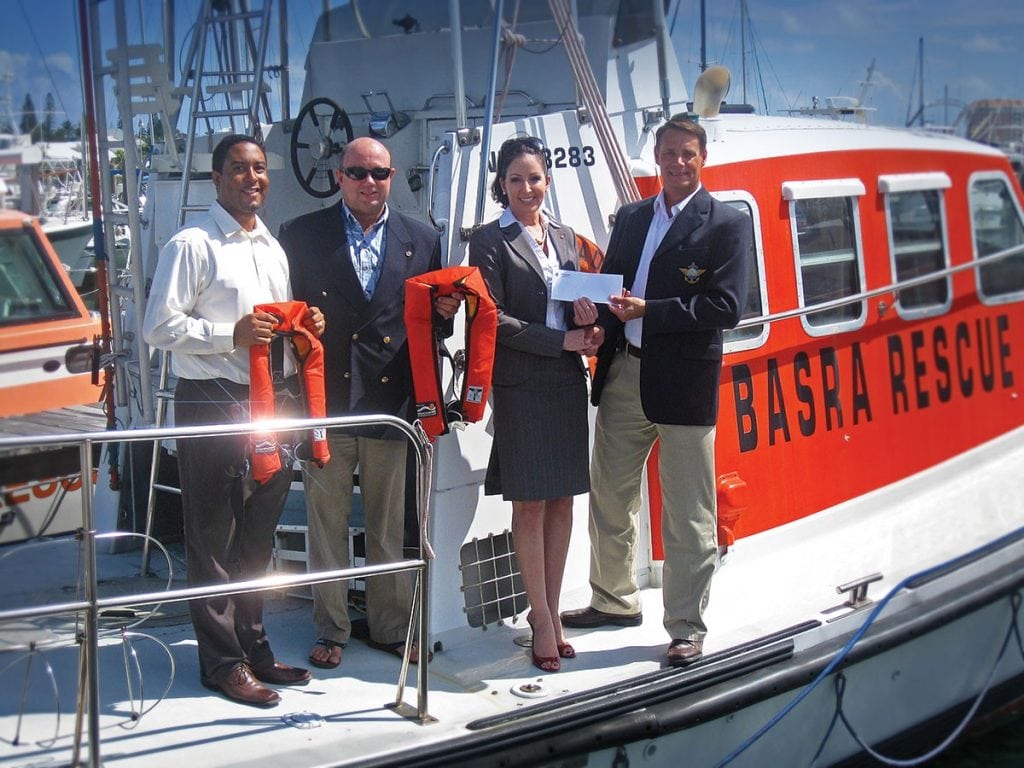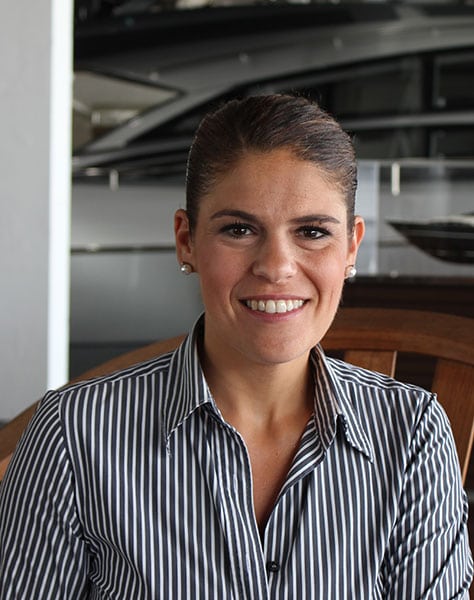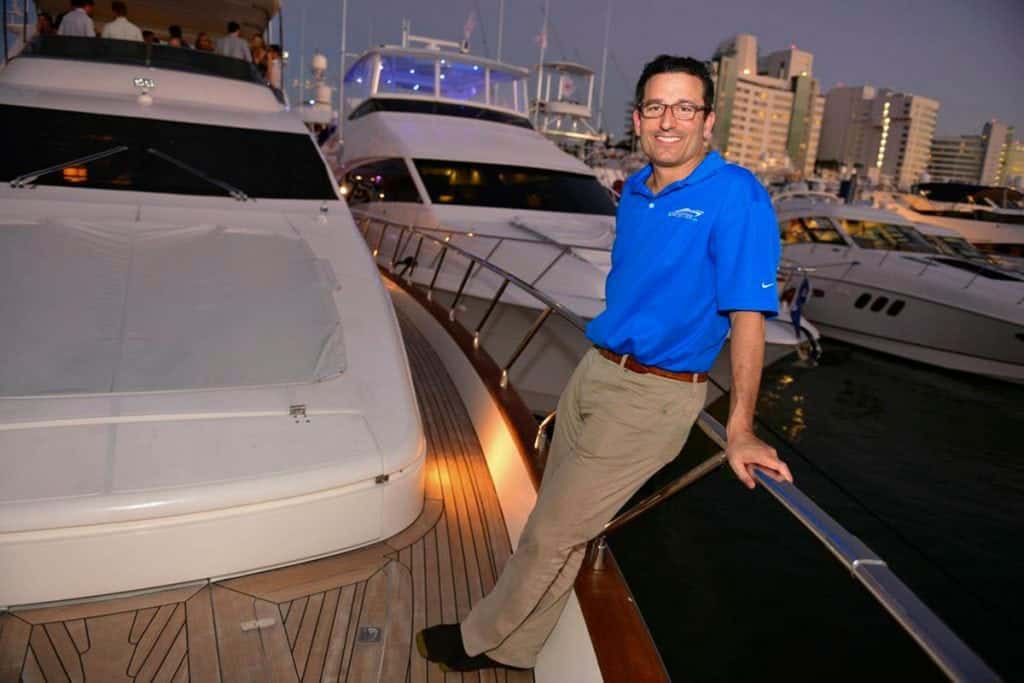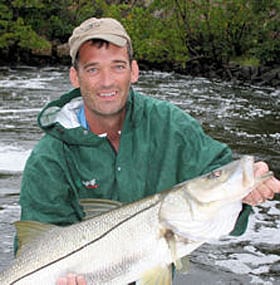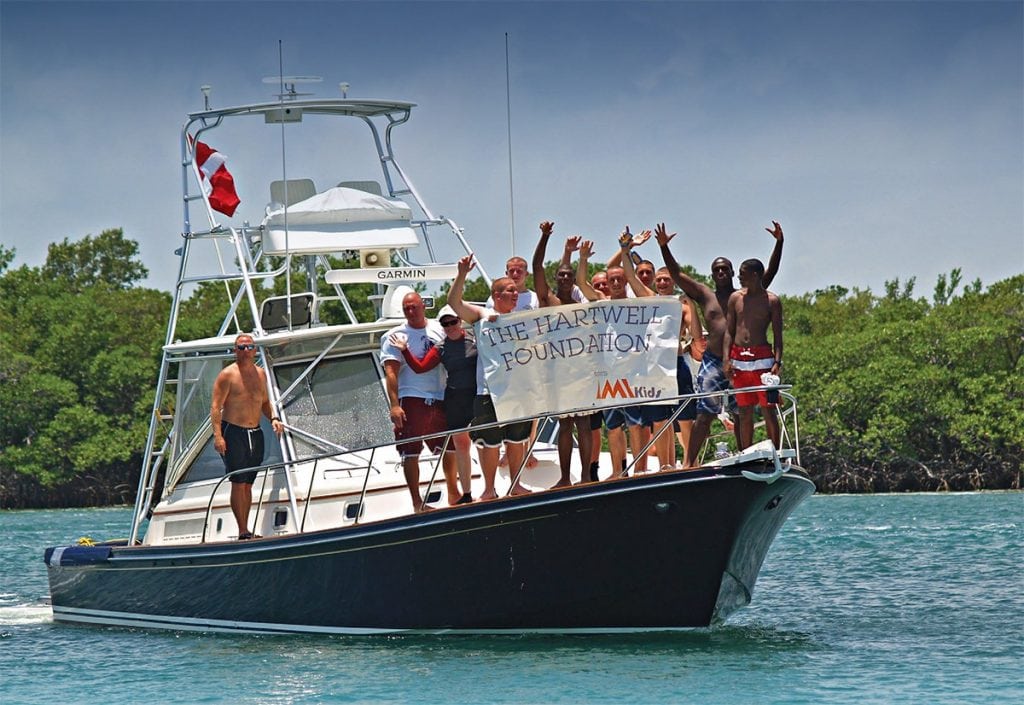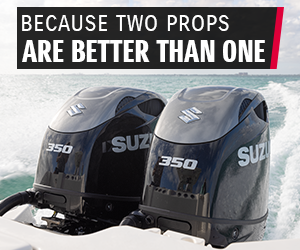People
Browse through interviews that peek into the lives and careers of those in the boating industry. Interviews with marina owners, boat builders, and event coordinators can be found here.
Giuseppina Arena
Guiseppina Arena, naval architect and interior designer for the Ferretti Group, shares about her history in naval architecture and her...
Read moreDetailsAndy Sturner
Andy Sturner, CEO of BoatSetter, shares why he loves his job and how he believes BoatSetter is making positive waves...
Read moreDetailsBrett Fitzgerald
Executive Director of the Snook & Gamefish Foundation, Brett Fitzgerald, explains the concept of Ales for Anglers and shares easy...
Read moreDetailsPeople Helping People
Marine industry people unite to help others in need. In 2010, Andrew Cilla, owner of Luke Brown Yachts in Fort...
Read moreDetails
